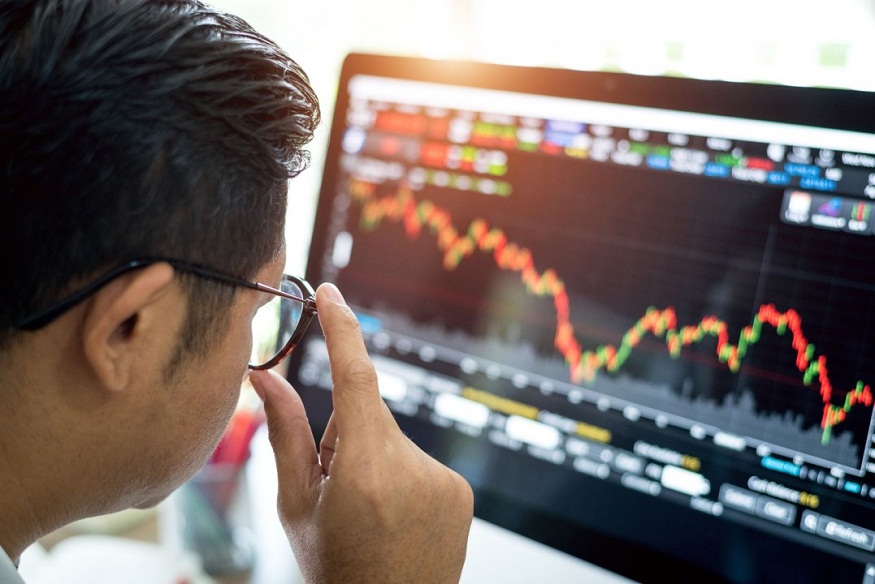Leverage is a powerful tool in the world of trading, allowing investors to amplify their market exposure with a relatively small amount of capital. It’s particularly popular in online CFD trading, where traders can speculate on price movements across various markets without owning the underlying assets. However, while leverage can enhance potential returns, it also increases the risk of significant losses. To use it effectively, understanding the balance between risk and reward is crucial.
What Is Leverage in Trading?
Leverage refers to borrowing capital to increase the size of a position in the market. In CFD trading, for instance, traders can control a larger market exposure with a smaller initial investment, known as margin. For example, with a leverage ratio of 10:1, a trader can control a $10,000 position with just $1,000.
This ability to trade larger positions magnifies both profits and losses. While a small price movement in your favor can result in significant gains, the opposite is also true—a minor market downturn can lead to substantial losses, often exceeding the initial investment.
Benefits of Leverage
Leverage offers several advantages for traders when used judiciously:
- Maximized Returns – By increasing market exposure, traders can potentially achieve higher profits compared to trading without leverage.
- Capital Efficiency – Leverage allows traders to maintain a diverse portfolio with less upfront capital, spreading their investments across multiple markets.
- Access to Various Markets – In online CFD trading, leverage enables traders to participate in global markets, including forex, commodities, and indices, with relatively low barriers to entry.
These benefits make leverage an attractive feature for experienced traders seeking to optimize their strategies.
Risks Associated with Leverage
While leverage offers opportunities, it comes with significant risks that traders must be aware of:
- Amplified Losses – Just as leverage can magnify profits, it can also lead to amplified losses. A small adverse price movement can quickly deplete your margin and result in a margin call, requiring additional funds to maintain your position.
- Market Volatility – High-leverage positions are more susceptible to market fluctuations. Sudden price swings can result in rapid losses, even in markets that are generally stable.
- Emotional Impact – The heightened stakes of leveraged trading can lead to stress and impulsive decisions, especially for inexperienced traders.
Understanding these risks is essential to developing a disciplined approach to CFD trading.
Managing Leverage Effectively
To harness the benefits of leverage while minimizing risks, traders should adopt prudent strategies:
- Set Stop-Loss Orders – Placing stop-loss orders helps limit potential losses by automatically closing a position if the market moves against you.
- Use Appropriate Leverage Ratios – Opt for leverage levels that align with your risk tolerance and experience. Higher leverage isn’t always better.
- Stay Informed – Keep track of market news and trends that could impact your positions, especially in volatile markets.
- Practice with a Demo Account – Many online CFD trading platforms offer demo accounts that allow traders to practice using leverage without risking real money.
These measures can help traders approach leveraged trading with greater confidence and control.
Real-Life Example of Leverage in Action
Imagine a trader using leverage in the forex market. They invest $1,000 with a 20:1 leverage ratio, controlling a $20,000 position. If the market moves 1% in their favor, the trader earns a $200 profit—20% of their initial investment. However, if the market moves 1% against them, they incur a $200 loss, which is also 20% of their initial capital.
This example highlights how leverage amplifies both profits and losses, making risk management an integral part of successful trading.
Leverage is a double-edged sword in modern trading, offering both opportunities and challenges. It empowers traders to maximize returns and access diverse markets, particularly in online CFD trading, but it also requires careful risk management to avoid significant losses.
By understanding the mechanics of leverage, setting clear risk parameters, and staying disciplined, traders can harness its potential while protecting their investments. Consulting educational resources and practicing on demo platforms can also enhance your ability to trade confidently. Ultimately, the key to successful leveraged trading lies in striking the right balance between ambition and caution.

